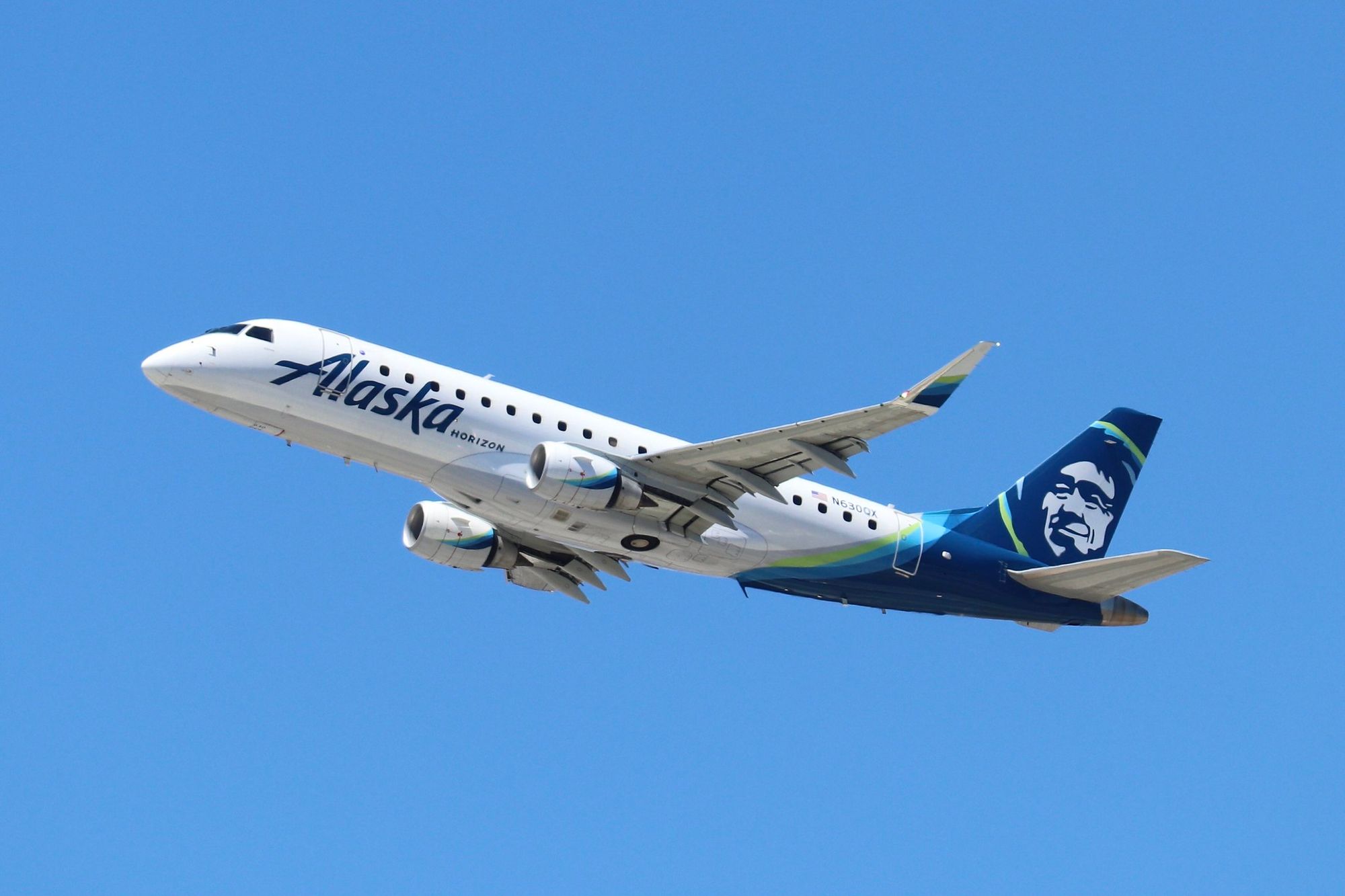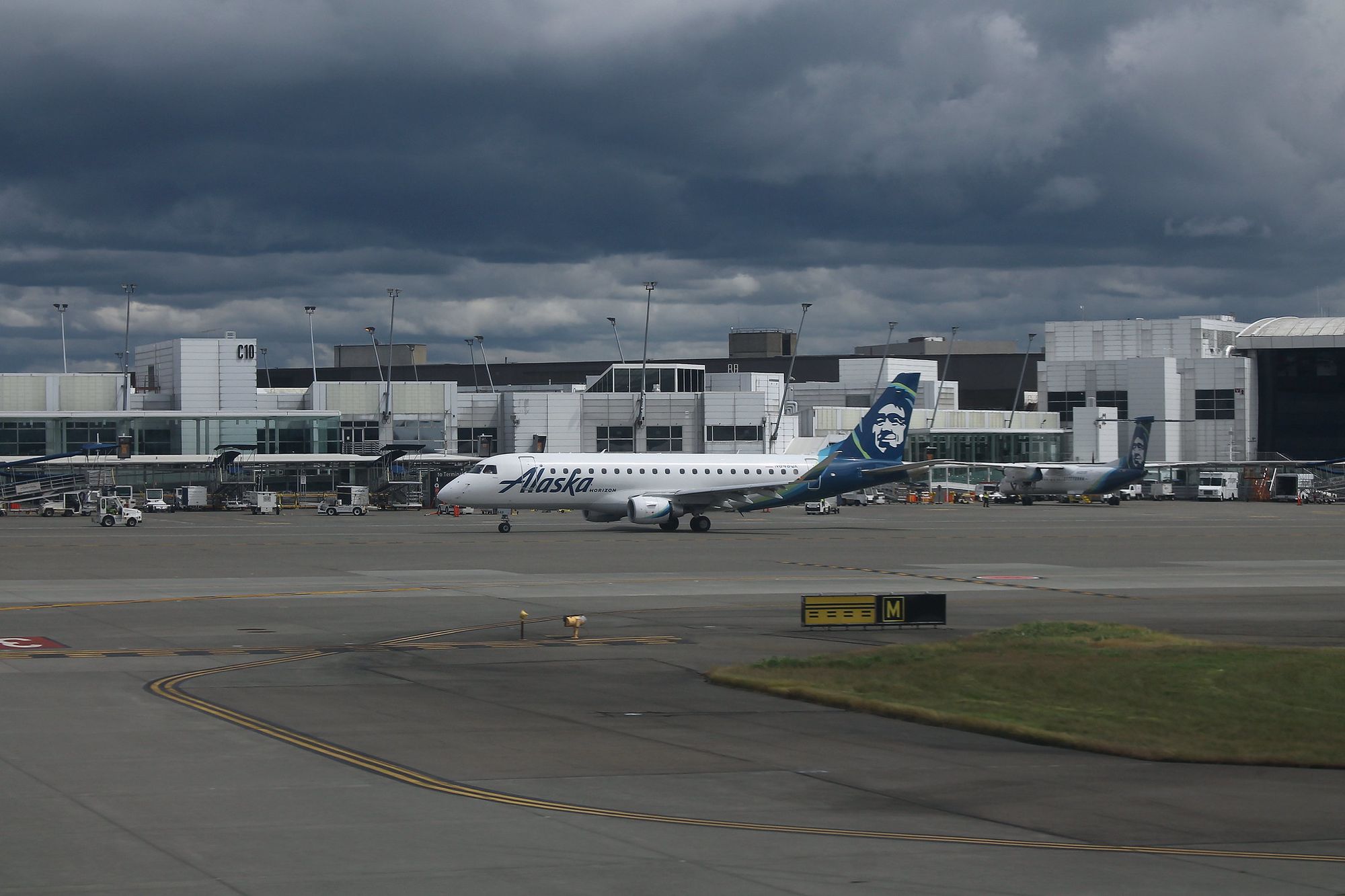Off Duty Alaska Airlines Pilot Tries To Shutdown Engines of a Horizon Air E175 From The Jumpseat

UPDATE: At the pilot's court appearance today it seems like he took mushrooms before boarding the flight and had a psychedelic episode. While his actions are inexcusable it makes more sense that a intentional act of violence.
By now it is being widely reported that a jumpseating pilot on a Horizon Air E175 tried to shutdown the engines at altitude while riding in the jumpseat. As an employee with jumpseating privileges myself this is quite the scary thing to hear. And I want to go over some of my personal opinions on the situation and review what is widely being reported on by the media.
Mental health is the issue
First and foremost I don't believe this was a "hijacking" as we believe the definition to mean of a deliberate act of terror. And I don't believe that the situation was as intense as some media outlets are trying to portray this situation. Listening to the audio recording and a few of the media interviews with passengers it seemed very much likely that the jumpseating pilot voluntarily exited the cockpit and was brought to the back of the aircraft and restrained as a precaution. At least by the raw ATC recordings I never got the impression that the crew had to struggle much with the individual.

It will be very interesting to follow the NTSB investigation of this event, I would like to believe that this pilot had a mental break and was not thinking rationally and that he did not intentionally try to sabotage passenger's lives. Almost as long as the aviation industry has been booming one major aspect of the profession is how it affects you mentally. There are so many reasons why pilots don't want to raise the mandatory retirement age and one of those has to be fitness for duty.
A Harvard study concluded that a "significant number of airline pilots report depressive symptoms, suicidal thoughts."
Of 1,848 pilots surveyed:
233 (12.6%) met the criteria for likely depression, and 75 (4.1%) reported having suicidal thoughts
I believe that this pilot had some deteriorating mental health issues, or was unable to seek help. Likely, I will have high confidence that the NTSB will find mental health issues, problems at home or work, inadequate access to mental health care, and unreported issues by colleagues to be the primary cause.
With the calmness that this event I don't believe that the offline pilot intended to hurt everyone, likely just himself, and the operating crew members were able to deescalate the situation and provide what assistance they could to bring the offline pilot back into reality.
How close were they to disaster?

The question I see asked was how close were they actually to disaster, and simple answer was that they were one turn away from never being able to turn the engines back on.
The above image shows the picture of the overhead panel of a Embraer E175 aircraft. At the very top of the picture are the fire extinguisher handles. These red "T-Handles" have three functions. If you pull them down it cuts off the fuel to the engines. And you can turn them left or right. Each turn releases an extinguishing agent that is supposed to stop fire in each of the engines. Most airplanes have two bottles (for the E175 it's Bottle A and Bottle B).
From the reports it sounds like the offline captain pulled both handles, cutting off fuel from the engines. This would immediately starve them of fuel and start to shut them down, it sounds very likely that this was caught fast by the operating crew and the handles were pushed back up into their stowed positions returning fuel to the engines before they could fully shutdown.
What would have made the situation worse was if the offline captain turned the handle in either direction. This would have released the extinguishing agent into the engines and would prevent them from relighting. If he was successful in this than it would have been a dual engine loss on the aircraft and it would have essentially become a glider at that point. With the proximity of airports around them at the time I believe it would have been a survivable situation and the crew could have glided it to an airport. However it would have been a very scary situation.
By shear luck of the crew, or by the realization of the offline pilot, the extinguisher handles were not turned and stowed before the engines became starved of fuel.
How do we move forward?

Access to mental health, I am very lucky to work for a company that provides excellent mental health resources to all of their employees. And while I don't know to the extent Alaska pilots have mental health resources I would like to believe that they have similar access, as well as access through their union ALPA (Air Line Pilots Association).
But for pilots in particular I think they need yearly mental health evaluations and checkups to ensure that if they need help, they get help. An airline pilots has hundreds of lives in their hands and should be of sound mind to operate an aircraft and continue doing the job that they do.
I again like to believe that this is an isolated incident but studies have shown that mental health is an issue amongst airline pilots. And we need to ensure they have adequate resources and support.
I believe many will try to spin this as the pilot attempting to kill many lives for an unknown reason but I choose to look at this more of an unaddressed mental health issue and not a deliberate act of terrorism.
Final Thoughts
Whoever is reading this, if you need help mentally I would encourage you to reach out to friends, family members, loved ones and seek help. There are many free programs out there to help, and your company may even provide mental assistance. I think this even just brings to light the enormity of stress that pilots endure and that access to support needs to be open and easily attainable.
As we know the NTSB will be making a full investigation into this incident and I am very interested to see the outcome and will invite change to better support those with hundreds of lives in their hands.





